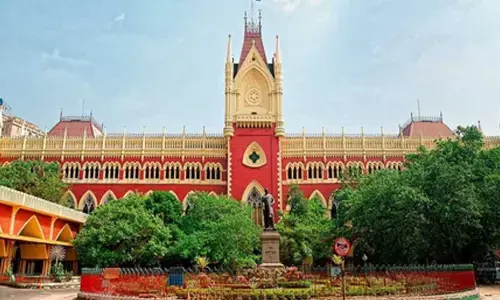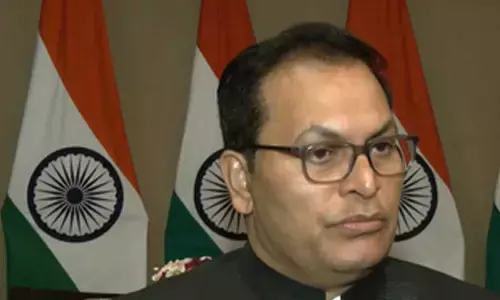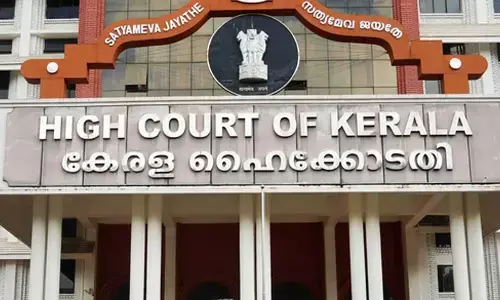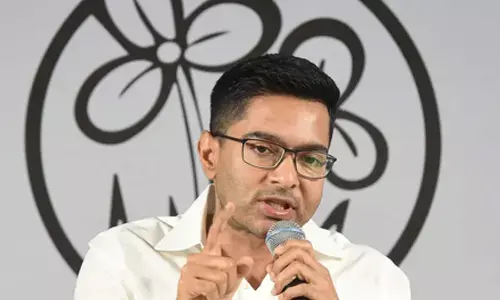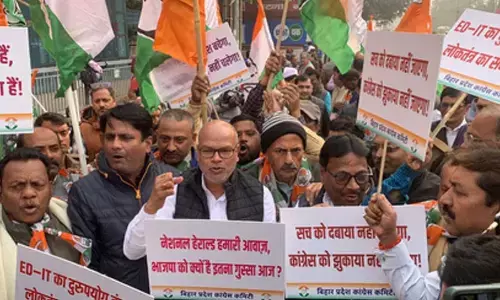The History of Telangana: From Ancient Dynasties to a Modern State
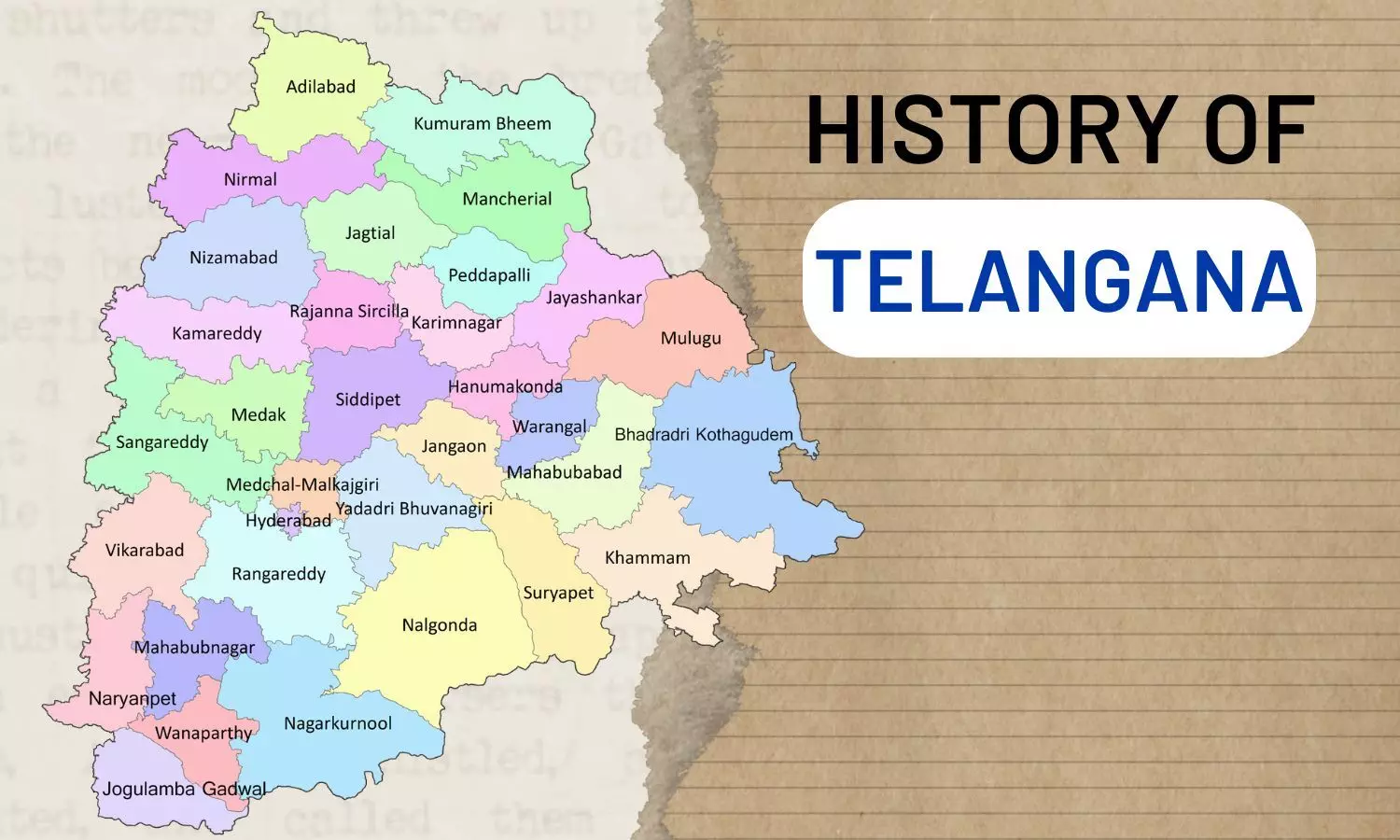
The history of Telangana is rich and layered, shaped by countless dynasties, struggles, and transitions. From the early days of the Satavahana dynasty to the rise of modern Telangana, the region has witnessed pivotal events that have transformed its cultural and political landscape.
A Glimpse into the Early History: The Satavahana Dynasty
The Satavahanas ruled from the 2nd century BC to the 2nd century AD and had a strong influence in the region. Their capital was Koti Lingala, a busy city, where archaeologists have found old coins and signs of ancient settlements. The Satavahanas were great at trade, connecting the Godavari and Krishna rivers with other areas for both local and sea trade. They supported Buddhism, building many Stupas and Viharas (Buddhist structures). Their court language was Prakrit, showing their love for literature and arts. The famous poet Hāla also wrote the Gathasaptasati, a collection of poems, which added to the cultural richness of the time.
However, after the fall of the Satavahana dynasty, the region descended into political instability, setting the stage for the rise of new powers, including the Western Chalukyas and later the Kakatiya dynasty.
The Kakatiyas: Builders and Warriors
The Kakatiyas, emerging in the 12th century, are best known for their architectural brilliance, leaving behind monumental structures like the Warangal Fort and Ramappa Temple. Originally vassals under the Western Chalukyas, the Kakatiyas gained independence under Prola II and began expanding their kingdom. Their greatest ruler, Ganapati Deva, unified much of the Telugu-speaking regions, while his daughter, Rudrama Devi, famously defended their realm. Rudrama’s reign, noted by Marco Polo for her leadership, demonstrated the strength of women in medieval Indian politics.
However, after the fall of Warangal to Alauddin Khilji in 1309, and the subsequent invasion by Ulugh Khan in 1323, the Kakatiya dynasty collapsed, leaving the region vulnerable to external forces, including the Delhi Sultanate.
Golconda and the Qutb Shahi Dynasty
In the 15th century, the Bahmani Sultanate controlled the region until Sultan Quli Qutb-ul-Mulk declared independence and established the Golconda Sultanate in 1518. His descendants, including Muhammad Quli Qutb Shah, founded Hyderabad in 1591, turning it into a major cultural and economic hub, especially famous for its diamond trade. Monuments like the Charminar and Mecca Masjid stand as enduring symbols of this glorious era.
The Mughals and the Nizams of Hyderabad
In 1687, the Mughal Emperor Aurangzeb laid siege to Golconda Fort, ending the Qutb Shahi dynasty. The Mughal annexation marked the beginning of a new chapter. However, the Nizams of Hyderabad, under Nizam-ul-Mulk (who took control in 1724), rose to prominence. The Nizams established the Asaf Jahi dynasty, which ruled for over two centuries. Under their reign, Hyderabad grew into the largest princely state in British India, with its own currency, mint, and postal system.
Hyderabad flourished as a cultural and economic powerhouse, contributing greatly to education, art, and architecture. The Nizam's wealth became legendary, and his philanthropic efforts included donations to Hindu temples and educational institutions. However, despite this prosperity, the Nizam chose to remain independent when India gained independence in 1947, setting the stage for a dramatic turning point.
The Telangana Rebellion and Annexation by India
In the backdrop of post-independence uncertainty, the Telangana Rebellion of 1945-1947 erupted as a result of dissatisfaction with the jagirdari system. The conflict intensified with clashes between the Razakar militia and communist forces. The Nizam's refusal to join India led to the Indian government's intervention. Operation Polo was launched, leading to the annexation of Hyderabad after a five-day military campaign, and the region became part of India.
The State of Hyderabad and Andhra Pradesh
After Hyderabad was taken over by India, a new state called Hyderabad State was created, with Mir Osman Ali Khan, the last Nizam, becoming the Rajapramukh (a ceremonial leader). However, in 1956, Telangana was combined with Andhra to create a new state called Andhra Pradesh.
This decision was made after leaders from both regions agreed to it. Over the years, many promises made to help Telangana grow were not kept, which made the people of Telangana unhappy and dissatisfied.
The Formation of Telangana: A New Era
In 2013, many people in Telangana wanted their own state. After many years of protests, the government agreed to create Telangana. On June 2, 2014, Telangana became a new state, and Hyderabad was made its capital. Kalvakuntla Chandrashekar Rao became the first leader (Chief Minister) of Telangana.
For ten years, Hyderabad was the capital for both Telangana and Andhra Pradesh. But from 2024, Hyderabad became the sole capital of Telangana.
A Vibrant Legacy
The history of Telangana is not just about kings and empires; it shows how the region changed from ancient kingdoms to a modern, independent state. Different dynasties, like the Satavahanas and Nizams, left their mark on the culture, buildings, and identity of the area. Today, Telangana continues to grow and is proud of its history, while also looking forward to the future. The people’s strength and the lessons from the past help guide the state’s progress.









